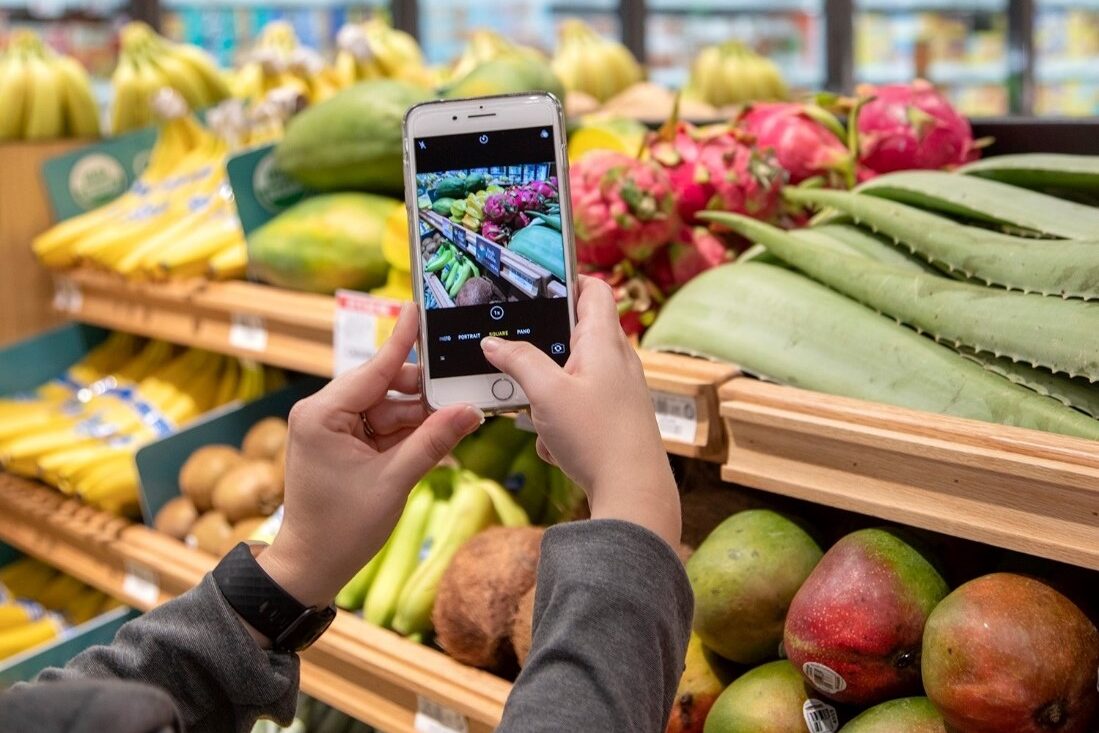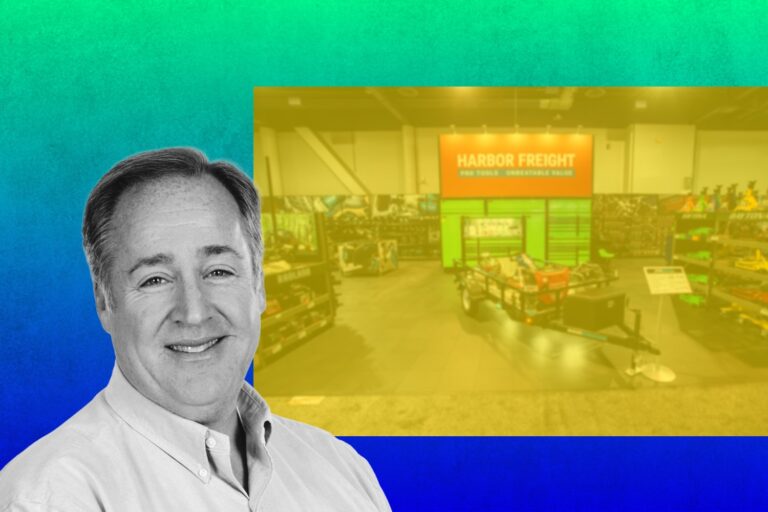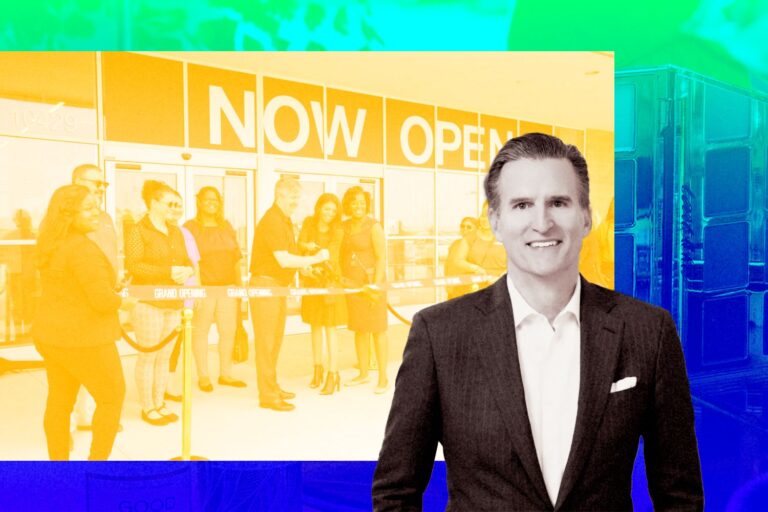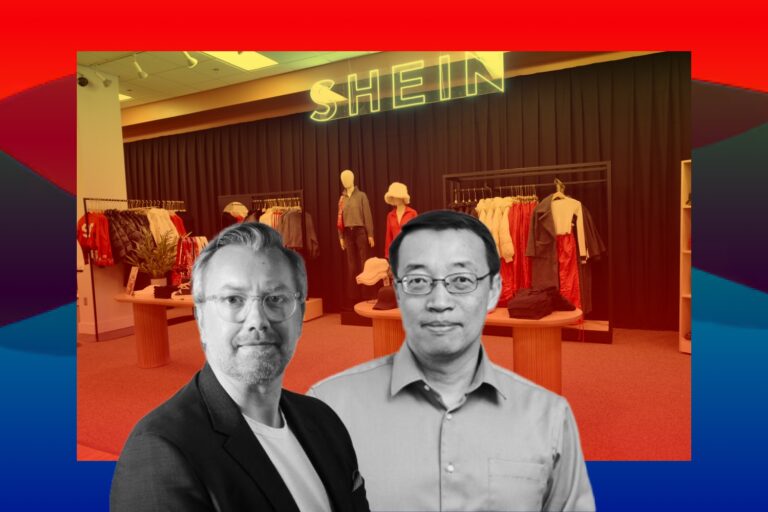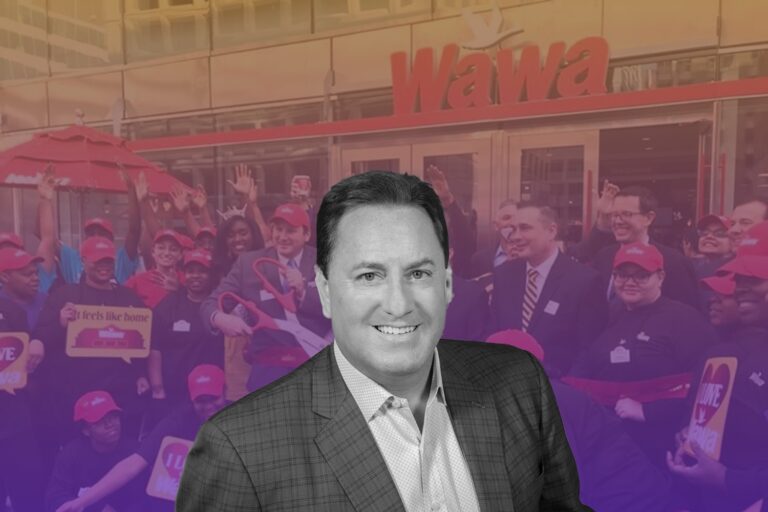Afresh’s Story To Puzzle Out Unique Challenges of Fresh Food
Food waste is a huge concern for the environment, accounting for 21% of all freshwater usage, 19% of all fertilizer use, 18% of arable farmland, and 21% of total landfill volume. As a result of this waste of resources, huge volumes of greenhouse gas emissions are produced, contributing to climate change. Food waste is predicted to account for up to 25% of total greenhouse gas emissions (Vermeulen et al., 2012).
Reduced food waste would have a huge impact. A 25% decrease in food waste in the United States would save 83 billion gallons of water per year, 90 million meals per year, and 10 million tons of greenhouse gas emissions per year.
However, reducing food waste is far from simple. One of the most difficult elements of the cutthroat grocery industry is determining the proper amount of goods to order. If they order too much, they will eat the high cost. If they order too little, their customers will be sent to the store across the street.
As retailers seek to decrease food waste, improve efficiency, stay competitive, and satisfy customer expectations amid the current epidemic, an increasing number of them are prepared to handle this difficult challenge. The question is, how can retailers ensure that they have plenty of the fresh foods their consumers want at exactly the right time, while avoiding losses from past-its-prime or expired items?
Afresh Technologies, a San Francisco-based company, is at the forefront of making this possible.

The “Aha!” Moment Sparking the Company’s Conception
Afresh Technologies is the first AI-powered grocery optimization platform specializing in the unique challenges of fresh food. It raised $25 million in Series A funding in 2020, for a total of nearly $33 million since 2018. The company says that grocers using its AI solutions have increased fresh food sales by 3%, reduced in-store food waste by up to 50%, and increased fresh gross margin by 4%.
Before gaining those achievement, as other startup, the initial idea for Afresh has come from daily problems and careful research. Matt Schwartz and one of the company’s co-founders had kicked off an independent research study during their 2nd year of our MBA at Stanford that was focused on identifying problems within the fresh food supply chain.
However, the research did not seem smoothly at first. At that time, the broad thesis they had was that fresh food was the future, yet massively underpenetrated by modern technology. But the problem was that they did not know where their first insertion point for the technology would be.
One day, they went into a local grocery store and saw that they were out of stock on a ton of produce items. They found the guy in charge of the produce department and asked what was going on — he in turn took out the paper order guide in which he manually wrote down his inventory and order each day for hundreds of items.
“We were shocked to see paper and pen in use to order millions of dollars of product at a multi-billion-dollar grocery chain. We then went to every grocery store in town… and it was the same at every single store. We then knew we were on to something.” – said Schwartz.
“The challenge of ordering and getting the right number of products on the shelf has been this kind of perennial challenge in the industry for decades,” Schwartz says. To his point of view, with the addition of e-commerce, retailers need to make sure that not only is the product there, but they have to understand how much of every item there is.
Grocers have been attempting to address this without the use of technology by placing their most skilled workers on the job, he adds. As a result, fresh food is often the most difficult department to manage, with skill retention being a major issue.
That’s exactly the precise stress area that Afresh is addressing. Afresh’s system helps supermarkets plan in advance by using AI to evaluate prior demand and data trends. This allows retailers to retain fresh food for as little time as possible, by this way minimizing losses and food waste. In the other word, this company uses artificial intelligence (AI) to boost its primary invention, which is a fresh food solution.
Afresh says that their system can reduce food waste by around 25% on average while also improving top-line revenue by 2% to 4% and producing operational margins by at least 40%. Employees can also save one to two hours each week by using the platform, which they can put toward other activities like customer service. The business’s co-founders believe by this technology approach, retailers can make fresh food less wasteful, far more efficient, and profitable, and more accessible to as many people as possible.
What Makes Afresh Stand Out?
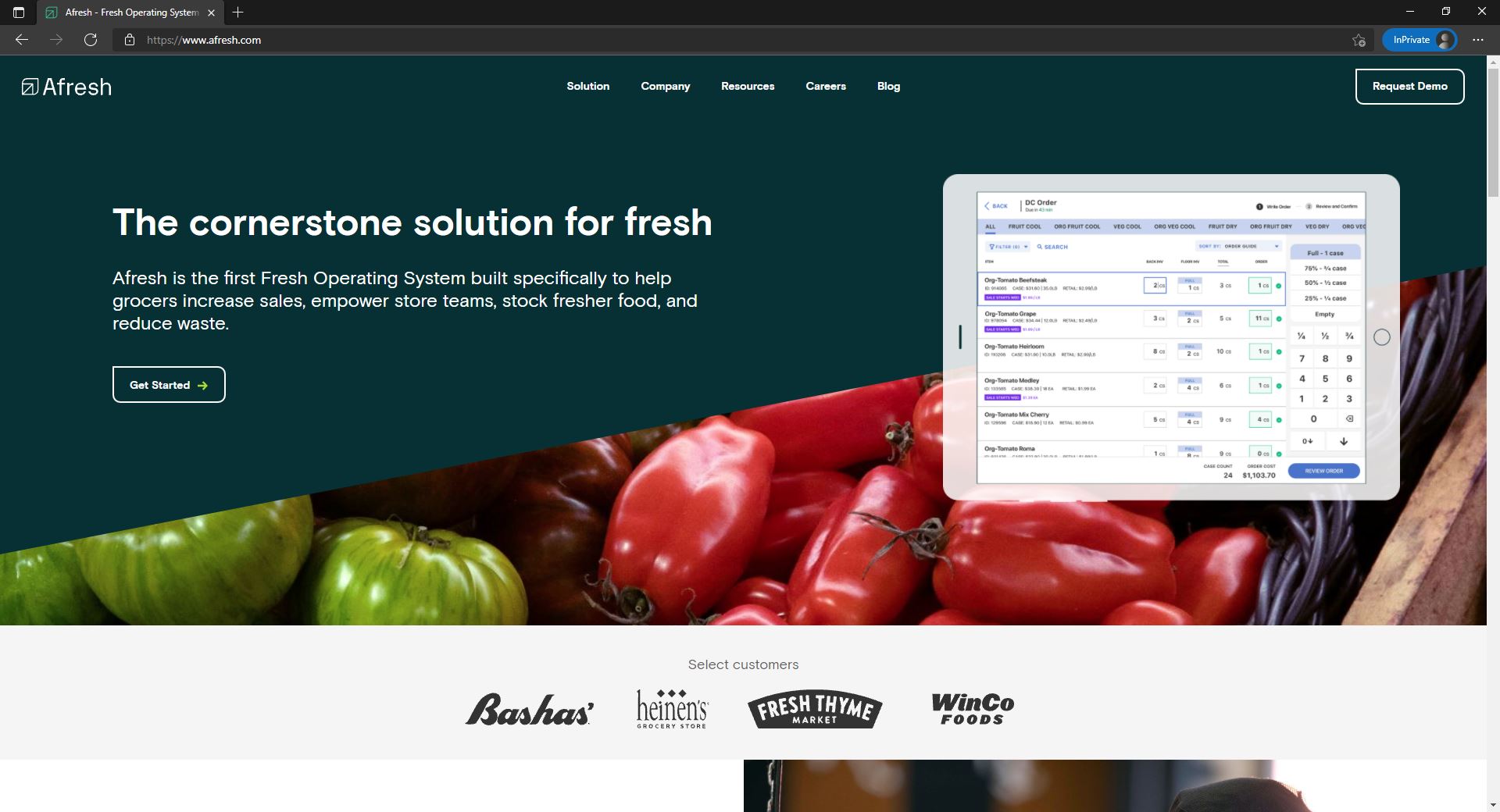
Afresh’s technology are used in hundreds of shops across several US grocery chains by 2021. Contributing to this achievement is 3 below keys.
#1. Establishing Product-Market Fit
Establishing extremely strong Product-Market Fit is the most critical factor in creating a successful startup. It’s impossible to dispute that Afresh is at the crossroads of good social effect, explosive financial development, and innovative technology. Too far, it claims to have avoided approximately one hundred million gallons of water loss, five million pounds of food waste, and five million pounds of GHG emissions. Furthermore, it is anticipated reach more than 20x those figures on a monthly basis in the next months. In fact, every pound of food waste it prevents for its customers is over a dollar of profit generated for their business, which, in turn, means more dollars of revenue for Afresh itself.
In addition, this company has remarkable impact directly on the lives of essential workers. The Covid-19 highlighted the already-critical role that grocery workers play in US as consumers showed increasing interest in online shopping. By using technology adoption, Afresh has helped its clients adjust as quickly as possible to these changes in demand.
“My aspiration is for there to be a direct link between my “success” and the amount of goodness we bring to the world. My hope is that we’ll inspire other entrepreneurs and businesses to think about ways that they can generate incredible financial returns BY creating incredible social impact.” – said Schwartz.
Because it blends human-centric AI, purposefully planned processes, and comprehensive systems intended to handle the complexity of the fresh food supply chain, the company claims its solution is unlike any other replenishment technology. Afresh’s apps are accessed by front-line employees on the grocery store floor via a smartphone app powered by artificial intelligence.
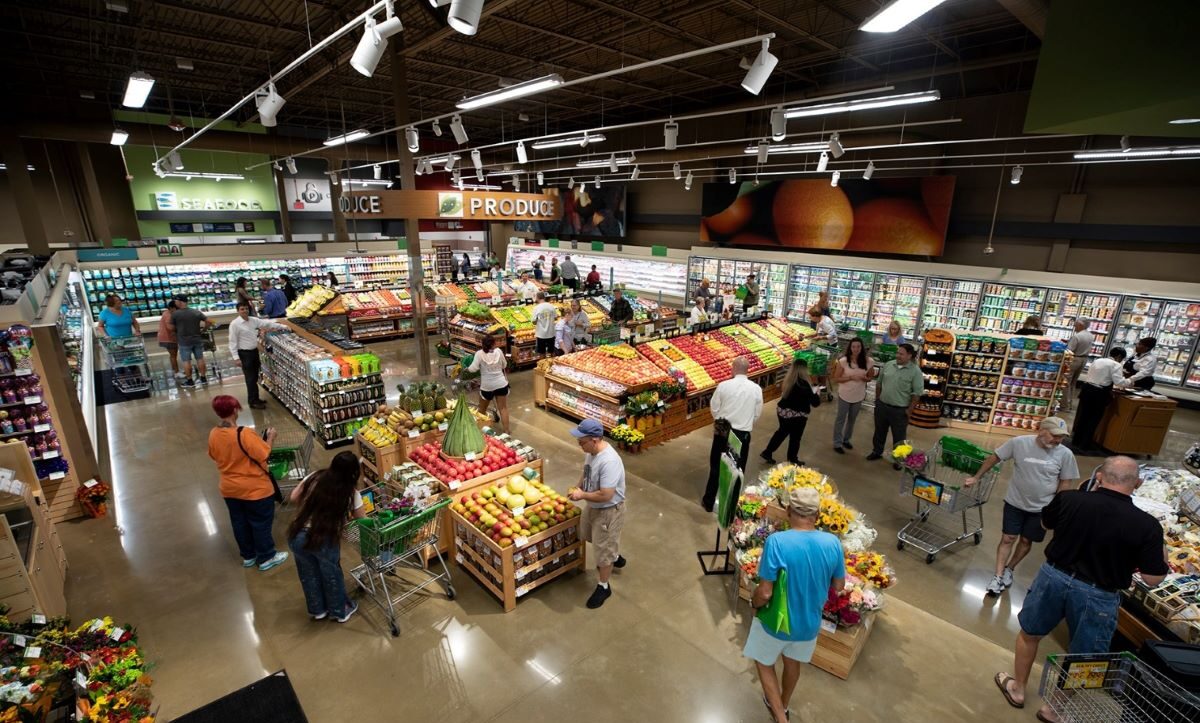
#2. Company’s Strategies and Tactics
The whole Afresh team know that problems they are working to solve are enormous. Their mission, which is to eliminate food waste and make fresh food accessible to everyone, is definitely ambitious. That’s why they are consistent about overarching with the people do every day.
Strategically, they ensure that their goods and marketing strategies are entirely in line with their goal. They picked a store-level produce ordering system while creating their first product because it provided a clear path to decreasing waste and lowering the cost of fresh food. As they grow, their workers’ job will always be closely related to their goal.
They also place a premium on openness when it comes to corporate goals and demonstrate how they carry out the purpose. Keeping their big objectives in sight, they lean into and contextualize examples of specific case when execution and their mission intersect.
#3. Culture and Values
It is thought that in order to create anything meaningful from nothing, one must be motivated by a compelling vision and goal. The company is rapidly expanding, and the motivation of its employees is, understandably, abundant. Some are motivated by the environmental benefits of minimizing food waste, while others are concerned about social fairness and delivering nutritious food to people who need it, and still others simply like cooking and eating.
However, they are unified that the values. At the core, Afresh is a mission-driven company that’s working to solve these problems every day. And, in order to be successful, it needs the hearts and minds of its team to be engaged with the mission every step of the way. As it continues to expand its headcount, the number of individuals connected to that mission will grow materially, driving more people to engage with these topics.
“At Afresh, every decision its team members make is driven by one question: Does this help us meet our mission? That may seem simplistic, but at a foundational level we understand that the people who work at Afresh carry the torch of its culture.” – said Schwartz.
By connecting the empirical outcomes they’ve accomplished with the product to Afresh’s broader goal, this company strengthens and celebrates the culture of “why and what to do.” That’s why, earlier this year, this company created the Sustainability Index, which combines its knowledge with ReFED’s retail-level waste and climate impact assessments to determine the impact of its product on food waste and climate change.
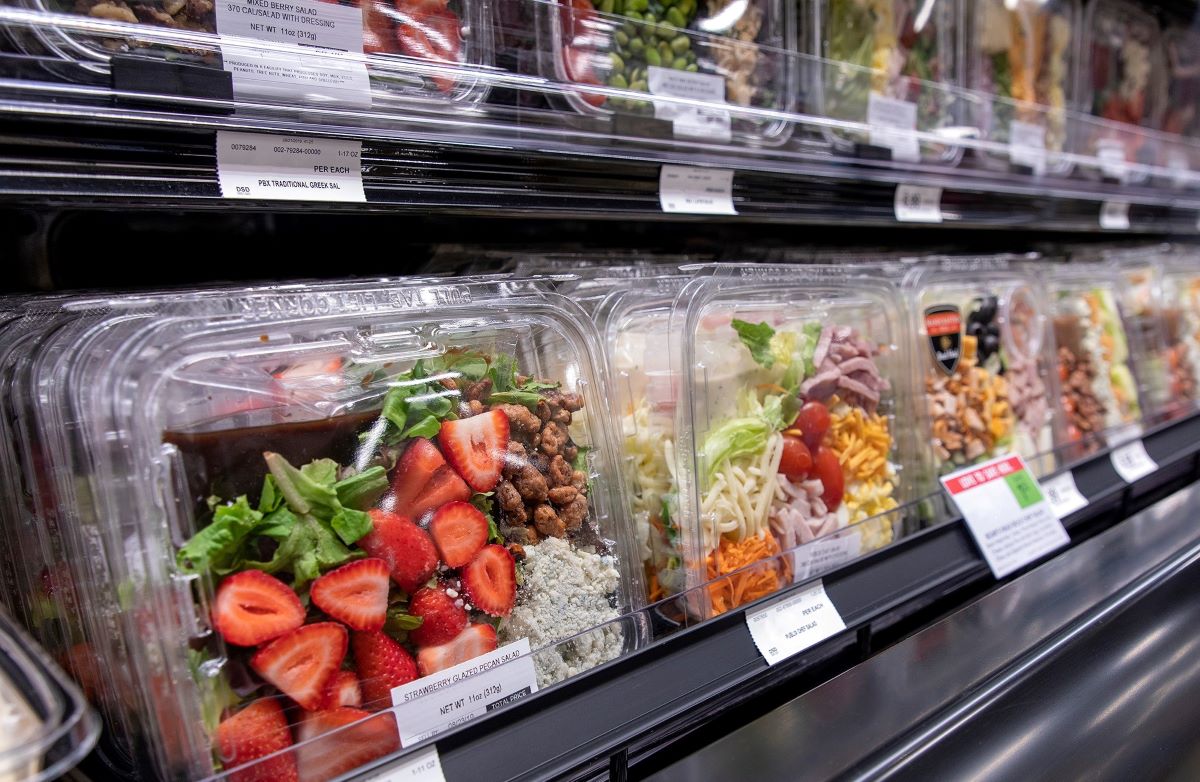
Real-World Problems
According to Schwartz, Afresh needs to piggyback on supermarkets’ current systems in order to be easy to integrate and deploy. “We knew we had to make it a cloud-based, modern software stack in which our system connects with a grocer’s core data system to ingest sales, pricing and shipment date on a nightly basis,” he adds. Some of the real-world problems in implementing such systems, as well as machine learning approaches that Afresh has faced to solve these challenges, are listed below.
#1. Deep Learning & Massive Datasets
Hundreds of shops make up a regional supermarket chain, each of which generates daily time series for thousands of goods over the period of years. This is a dataset of 10–100 million data points, which necessitates methods that can scale to this size. Afresh had to employ deep learning to properly exploit such huge datasets and enhance prediction performance.
#2. Rare Events Concerns
Despite the fact that each product has years of historical data, some unusual occurrences, such as holidays, occur just once or twice a year. Handling these unusual occurrences necessitates collaborative multi-task learning over thousands of objects and hundreds of time periods.
#3. Uncertainty Estimation & Probabilistic and Bayesian Methods
Accurate planning requires predicting not just a point forecast, but an entire distribution over model demand. In addition to enabling more accurate planning, probabilistic predictions are also a key component of interactive systems that can assess their confidence before making recommendations to a human operator.
#4. Minimizing Waste and Stockouts & Planning Algorithms
Given probabilistic demand forecasts, Afresh computes inventory decisions that balance minimizing waste and limiting out-of-stocks in a framework inspired by Model Predictive Control (MPC). MPC is an advanced form of process control that uses a set of constraints to regulate a process.
#5. Keeping Humans in the Loop
Finally, in order to be useful, recommendations need to be surfaced to store operators along with confidence levels that correlate well with their performance.
The Bottom Lines
Afresh is one of a new breed of food-tech businesses that uses artificial intelligence to address some of the industry’s most perplexing problems. The company’s meteoric rise is also an illustration of how rapidly food retailing can innovate.

